By Deanne Bednar
The Strawbale Studio is a building on land one hour north of Detroit. The studio runs programs that teach natural building and sustainable living skills to youth and adults, both on and off-site. It all started in 1996, when I retired from teaching art and "sustainable futures" classes at the middle school level and enthusiastically took a natural building course from the Cob Cottage Company on the west coast. When I returned to Michigan, I visited some friends, John Hartom, Lisa Blackburn, and Hartom’s sister Fran Lee. Lee wanted to have an outbuilding on her land "that felt like a hug," based on a book she read called Places for the Soul. We, with the help of many, set out on that journey to create the Strawbale Studio, with strawbale walls, earthen plasters, and a thatched roof. In 2023, Lee moved on, and I bought the land and moved in. Although natural building was the focus, explorations were also made into gardening, foraging, and nutrient recycling over the last 20 years including various forms of composting, biochar, hugelkultur or "Hugel Culture,” compost furnaces, mushroom log inoculation, and more.
There are many ways nutrient recycling is implemented at Strawbale Studio that can be used in your home garden. You might even get together with your gardening friends and start an “idea map” of the various natural resources on your site or community garden, and in your region, and how they could be returned to the circle of life!
Food to Food and Composting
Keep nutrients in the kitchen. Food from the kitchen can stay in the kitchen! When chopping vegetables, collect scraps such as onion skins or vegetable leaves and stalks and freeze or dehydrate them for future soup stock. This saves nutrients and flavor. Yum! The next level of nutrient extraction for food waste is composting. Composting is a great way to create nutrients to amend our garden beds. I use an outdoor pallet composter and an indoor worm composting unit.
Outdoors, seven pallets are staked upright for stability and wired together to make three bays. I have a “current pile” to which I add food scraps, covering each “deposit” with mulched leaves from a neighbor (another form of nutrient recycling). I am also integrating biochar into one compost bay (more on biochar later). About 1/4 of the food scraps stay indoors in a three-tier worm composter purchased about 30 years ago...complete with one pound of Red Wiggler (eisenia fetida) top-feeding worms from a tropical climate. It is tucked away in the corner of my kitchen, quite unknown to most who visit here, as there is no smell. The worm castings (poop from many generations of worms) are rich soil that I add to my garden beds. I also use diluted leachate (liquid from the composter) as a fertilizer if it smells sweet, and not anaerobic. A worm composter meets needs for ease, especially in the winter—you don’t have to walk outside to the pallet composters, and the house warmth biodegrades the food scraps more quickly.
Leaves as a Nutrient Source
In the fall I don’t rake or collect leaves from the lawn. It is my understanding through research that even oak leaves, (though they contain tannic acid) if left on the ground, provide soil amendment when they are broken down by mowing. The acidity of oak leaves breaks down as they decompose. I do rake accumulated piles of leaves away from buildings and paths and sometimes transport them to a place where I want to suppress plant growth by piling them deeply. I also bring home leaves from a neighbor who mows, mulches, and bags his maple leaves. The mulched leaves stay put and don’t blow around, which is perfect for me to mulch gardens, improve the soil, and also create soil on living roofs of small structures at Strawbale. Roof soil is created in time by layering “found” natural materials on hand over a pond liner membrane on a shallow pitch roof.
Some living roof materials I use which biodegrade to soil and support plant growth are old straw (usually separated into flakes), decomposing wood (a substitute for peat dredged from wetlands/ peat bogs), horse manure (fresh or decayed), and “lawn mower-mulched” leaves. Then I top it all off with some soil that is rich in microorganisms that help decompose the above natural materials to soil for plants such as sedum and wild geranium!
Hugel Culture is a garden mound made by layering wood and brush and covered with soil. This strategy makes use of brush piles, while creating a soil medium/garden area that holds moisture and slowly releases nutrients, while creating a warm micro-climate from the decomposition process. It takes quite a lot of energy and time to make it if it is dug down into the ground. It may be more suited to those who have access to machinery for deep digging and filling. On the plus side, the mound can also be useful for water retention, water diversion on a slope, or to create some definition/privacy on a site.
And Then There Is Biochar
Karl and Gaylyn Kaufman, visionaries seeking to form an Ecovillage here in Michigan, led two biochar workshops at Strawbale Studio. This is another way to use miscellaneous wood and sticks. A cone-shaped pit was dug about five feet across the top and tapered in as it reached three feet deep. Then a small stick fire was started in the bottom of the pit. When this small fire begins to show a bit of white ash, another layer of sticks is laid on top of the first fire. This creates a controlled burn that produces charcoal by suppressing oxygen to the layers below. The second layer prevents the first layer (now charcoal sticks) from burning down to ash. When the second burn layer begins to ash a bit, a third layer of sticks is covered, preventing the second layer from burning down to ash. The process is complete when the pit is filled with charcoal layers. The fire is then extinguished with many five-gallon buckets of water that are staged at the site, to quickly and thoroughly stop the burn, and keep the charcoal from burning to ashes. The biochar ideally is crushed to rice size and will hold water within the small channels in the wood. Like a coral reef “hotel,” the charcoal hosts soil microorganisms. This is another way to utilize miscellaneous wood while enriching the soil and sequestering carbon for hundreds of years. (Wood left in nature would degrade over several years, releasing its carbon to the air.) The biochar needs to be “charged up” with nitrogen over some months by moving it into a compost pile or by inoculating it with urine. There are two great YouTube videos to learn more about making Biochar: youtube.com/watch?v=ROgHuYMfyoU and youtube.com/watch?v=kMXgVxO9r_g.
What about creating heat (and soil) from the decomposition process? Gaelyn Brown wrote the book Compost Furnace based on the work of Jean Paine, a Frenchman who, in the 1950s, provided heat from the decomposition of a 50-yard biomass pile (sawdust, woodchips, and manure) to heat his family household domestic hot water and in-floor radiant heating. Additionally, the pile kept a tank of manure warm, which produced methane gas for cooking.
I hired Brown to design the outdoor aspect of the compost furnace to heat the earth floor in the Strawbale Studio. Our compost pile was 20 feet wide by 15 feet long by 7 feet high, bounded by old hay bales and filled with 50 yards of biomass (sawdust, woodchips, and 10% composted horse manure). Pex tubes in the pile were connected in a closed loop to the indoor Pex tubes embedded in the Strawbale Studio floor. Food-grade propylene glycol protected the water pipes from freezing. A pump circulated the water. An expansion tank controlled the pressure in the closed system and thermometers show the temperatures at various points indoors.
This compost furnace pile went up to 140 degrees in a week and stayed at 140 for a year as measured by our probe thermometer. Unfortunately, the Strawbale Studio is a tall space with lots of interior mass. So, while the compost furnace didn’t heat the studio adequately, I am convinced the system would have worked to heat a small, well-insulated building. Or it may have worked better if we had put more money into an automated system that would circulate the heat based on temperatures. We did end up with many yards of wonderful rich soil as the pile decomposed.
In November 2024, natural builder and homesteader, Rich Points of Beaverton, Michigan, constructed a compost hot water experiment at his place, that did work. I contributed to the design and beginning construction process, and he finished the pile, plumbing, and monitoring. Point's composting hot water heater is 15 feet wide by 15 feet long by 6 feet tall pile of wood chips and manure, bounded by straw bales for containment and insulation. Pipes are laid in loops inside the pile. Cold water from the house enters the pipes at the bottom of the pile and loops upward. The decomposition process of the wood chips and manure chemically produces heat of 120+ degrees. 110-degree water is being delivered by this thermosyphoning process from the outdoor composting pile pipes to a 30-gallon drum with a spigot located in the house. It is expected to continue to heat the water in the pipes that run through the pile for up to a year. At that point, the pile will have finished decomposing to become rich soil for gardens, and a new pile will need to be built to heat the water.
These are just some nutrient cycle possibilities. What would your list of local resources look like? How could the nutrients complete their cycle and be of use? Piece by piece we can bring together the people needed to envision and implement these circles of life systems.
Deanne Bednar is the coordinator and teacher at Strawbale Studio outside of Oxford, MI. She studied with the Cob Cottage company in 1996. This experience led to the collaborative construction of the Strawbale Studio. Bednar is the illustrator for The Cobber's Companion, The Hand-Sculpted House, and The Natural Plaster Book. She loves to forage and is currently teaching classes in natural building as well as sustainable skills that use natural materials, such as spoon carving, earth oven, and candle-making. Visit the Strawbale Studio online at strawbalestudio.org, or reach out to Bednar directly at ecoartdb@gmail.com, or (248) 496-4088.
Related Articles:

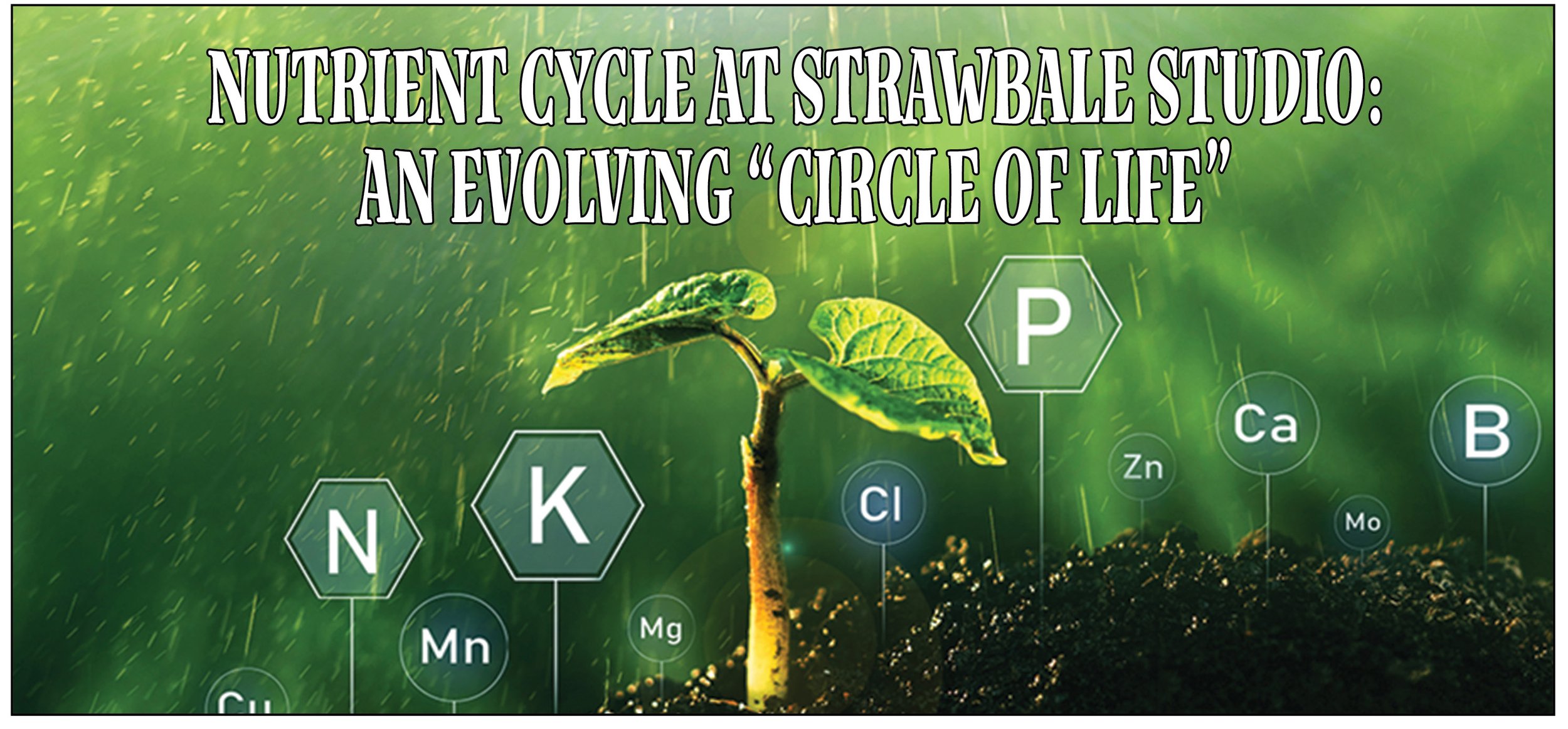







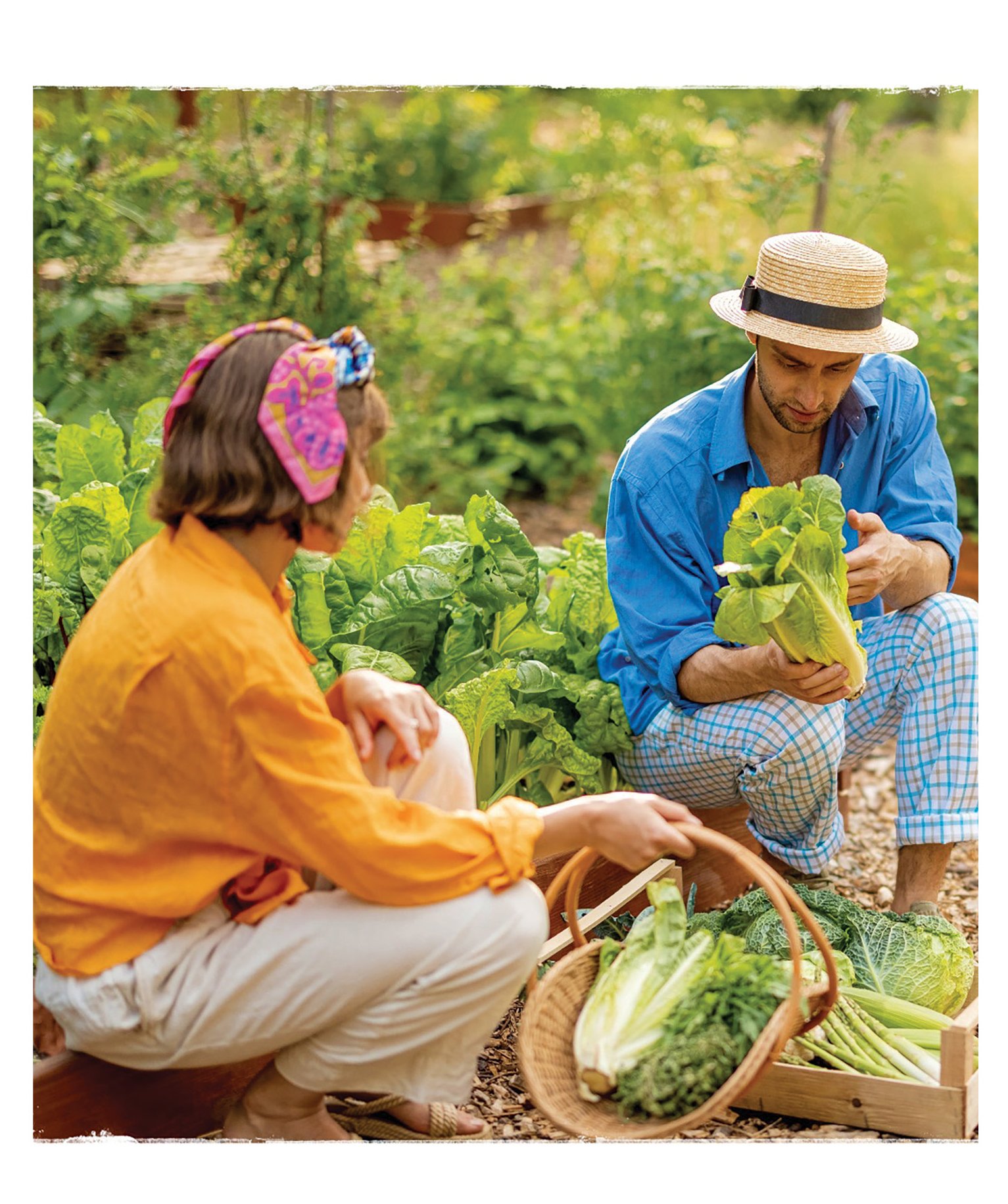







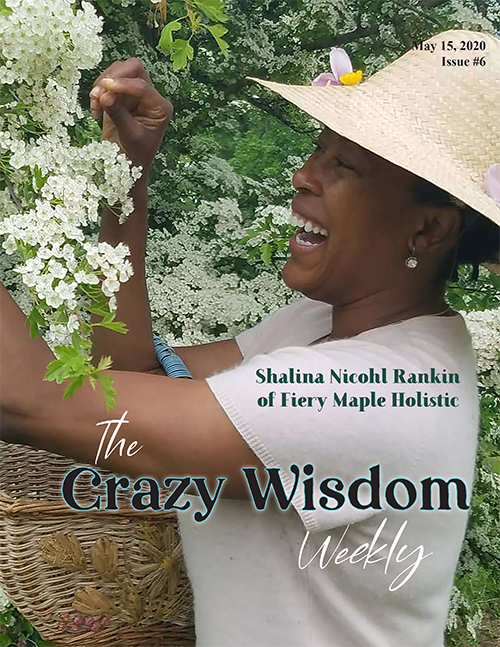












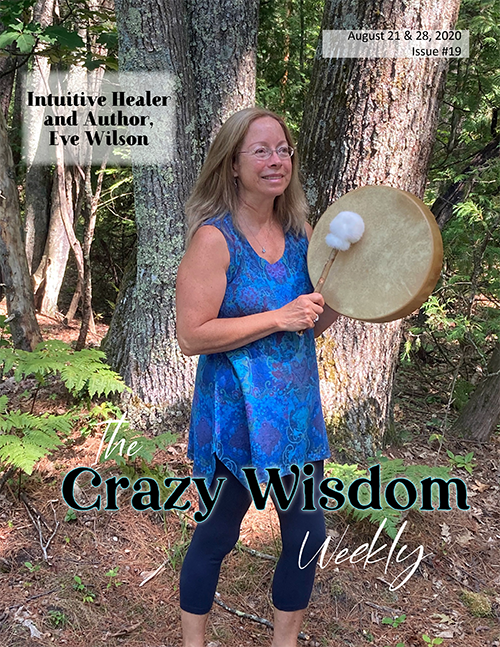

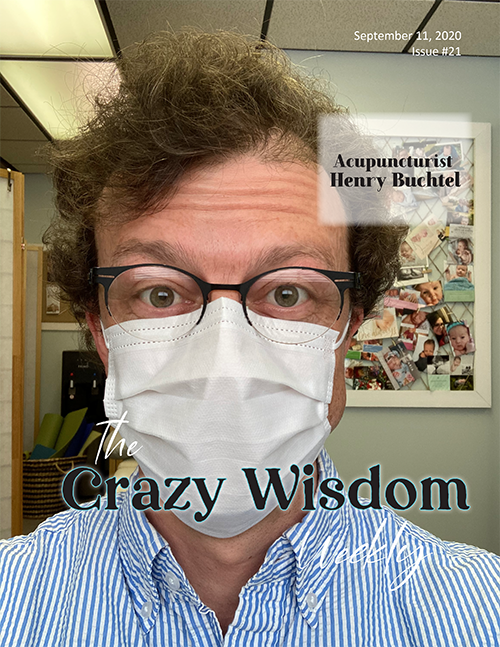



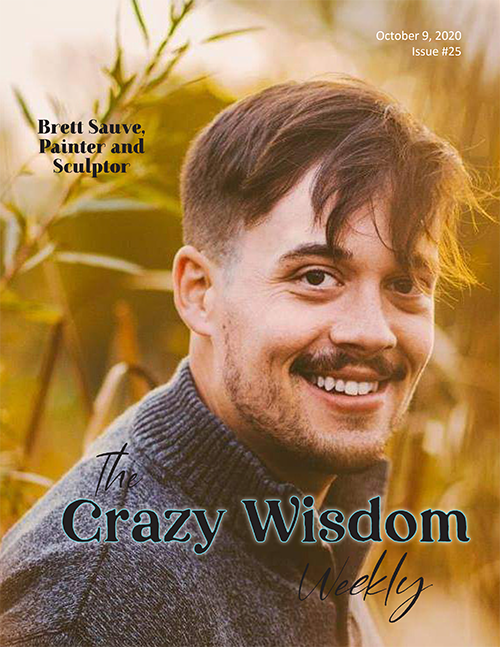
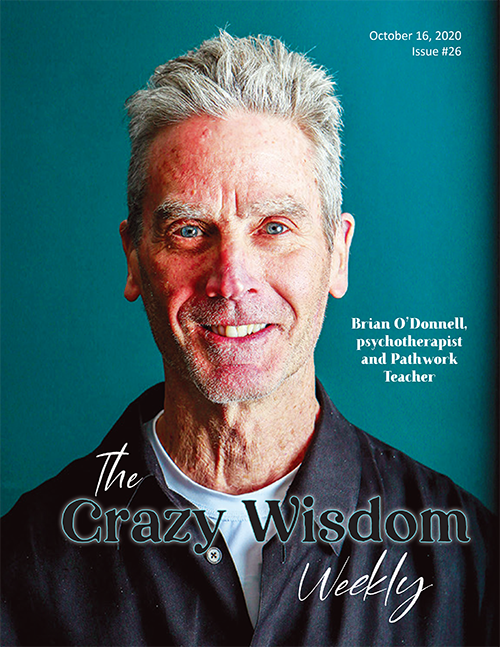

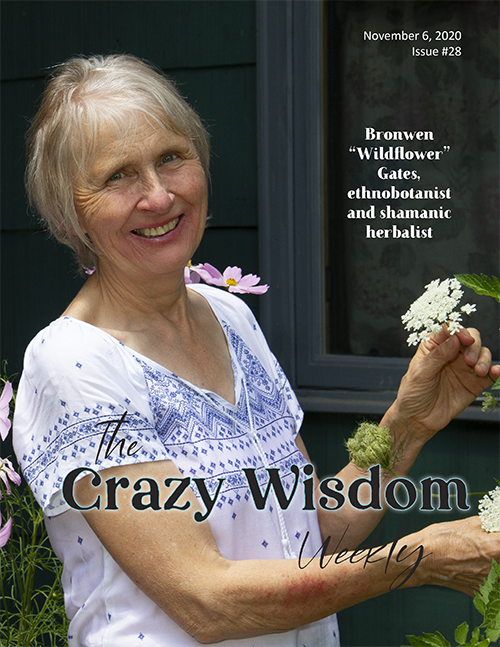

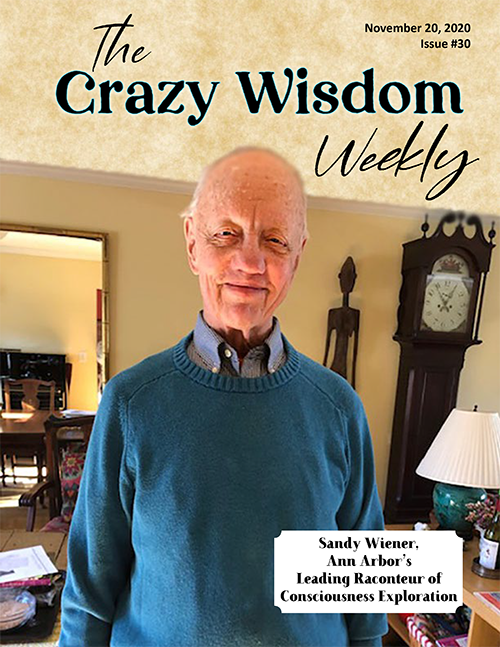
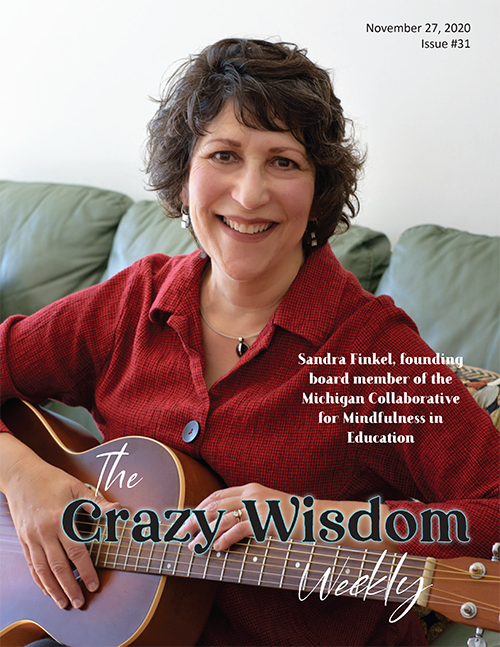
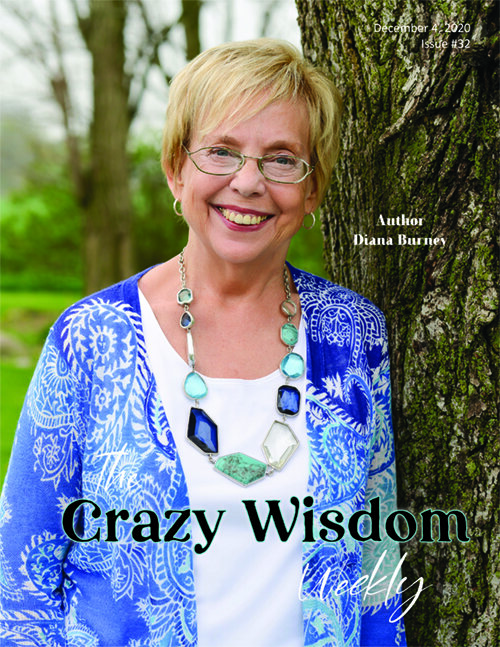




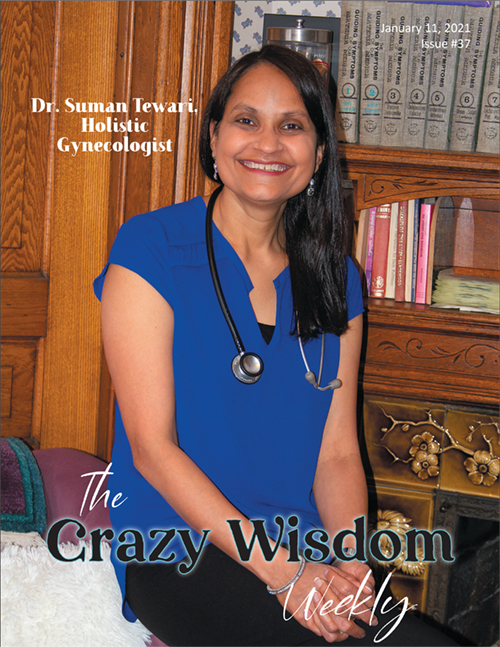




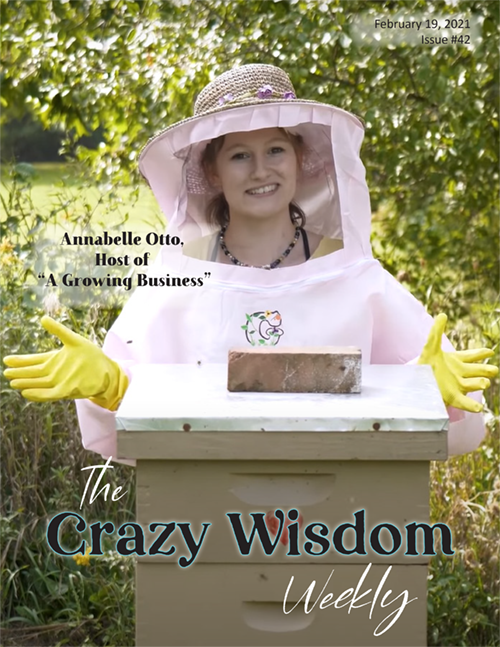
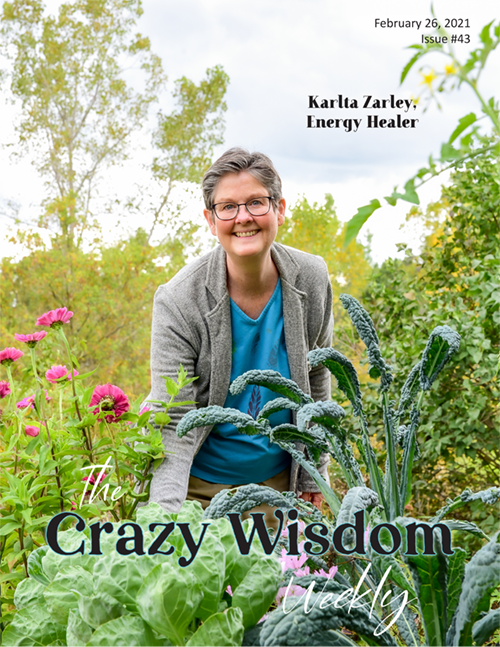

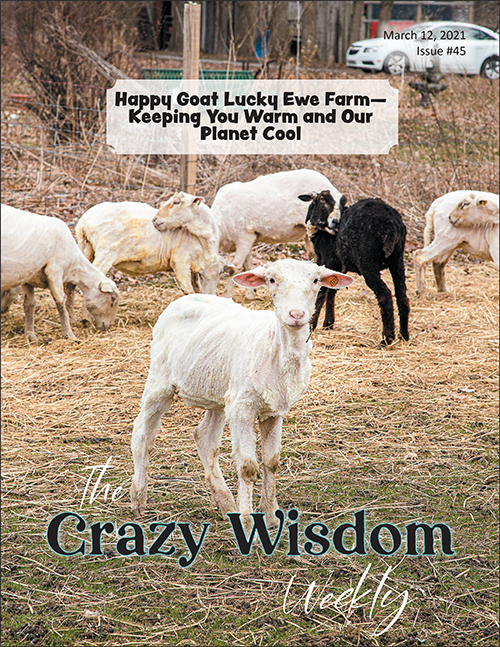




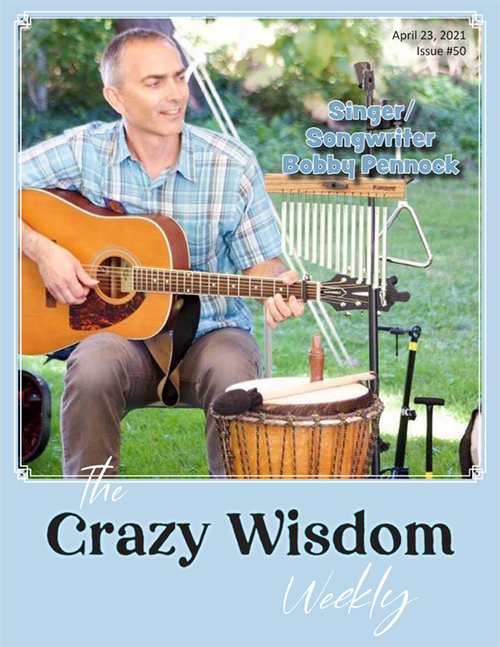
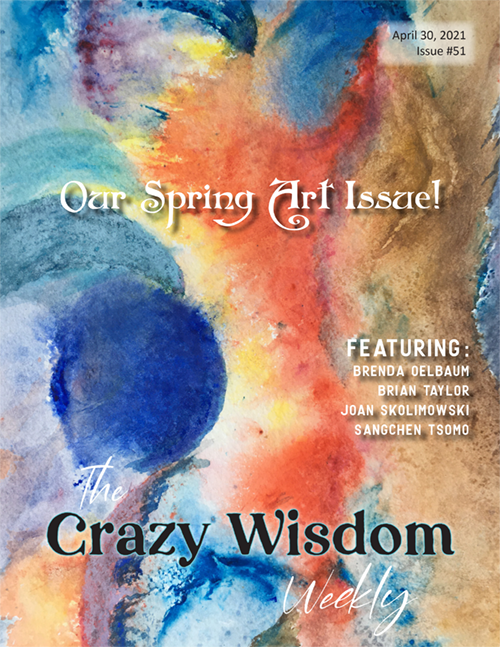





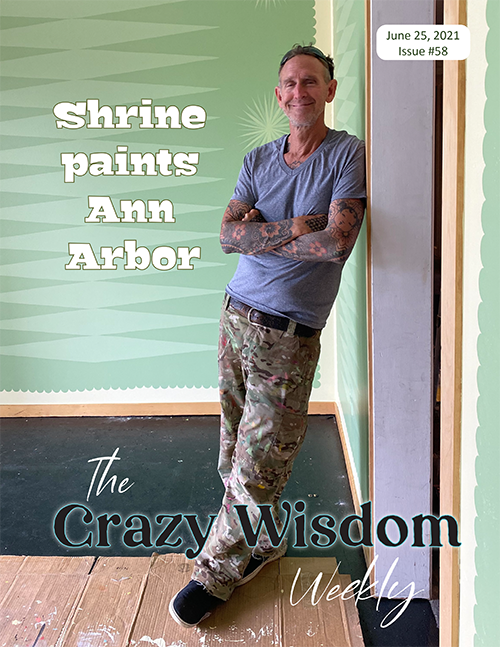




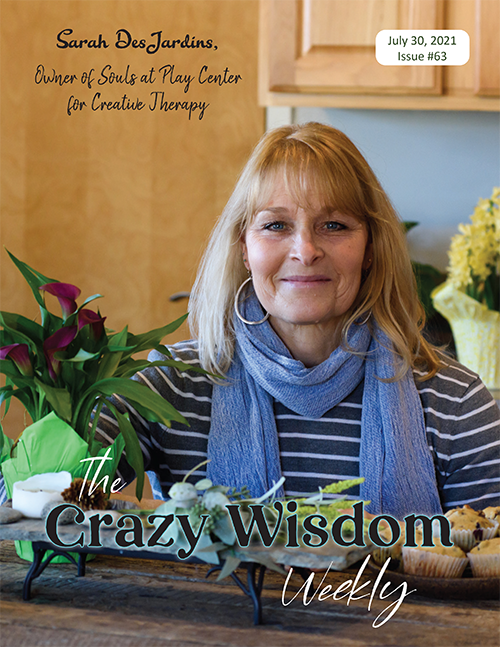
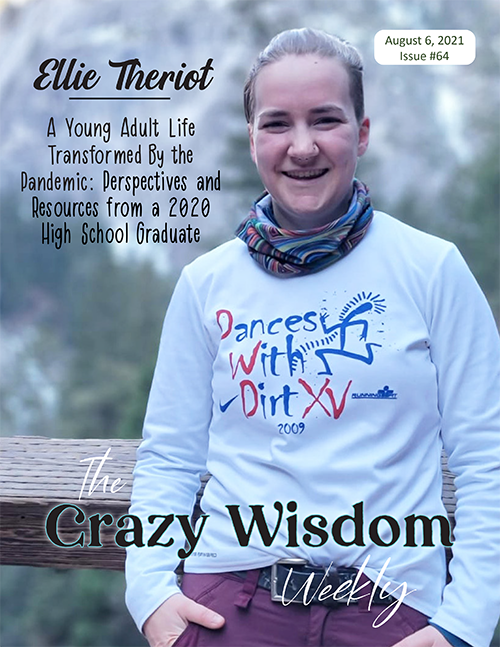
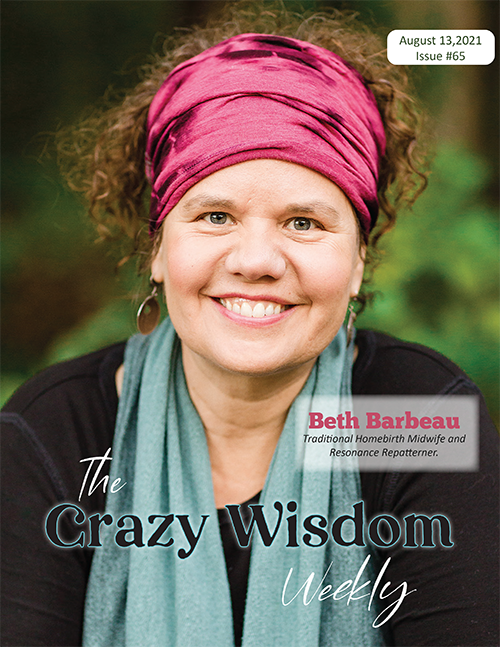


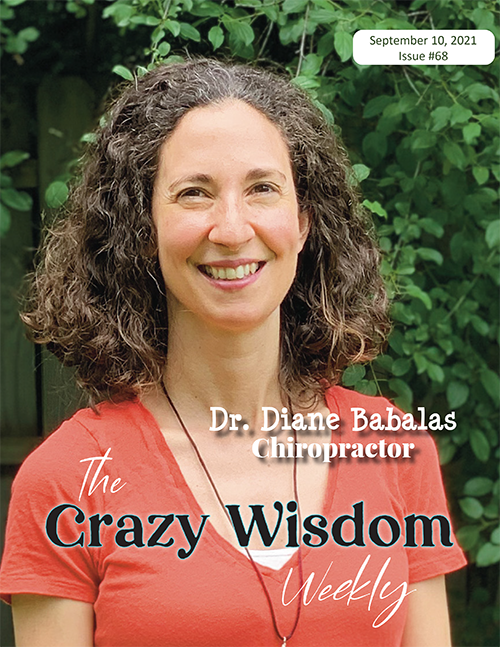
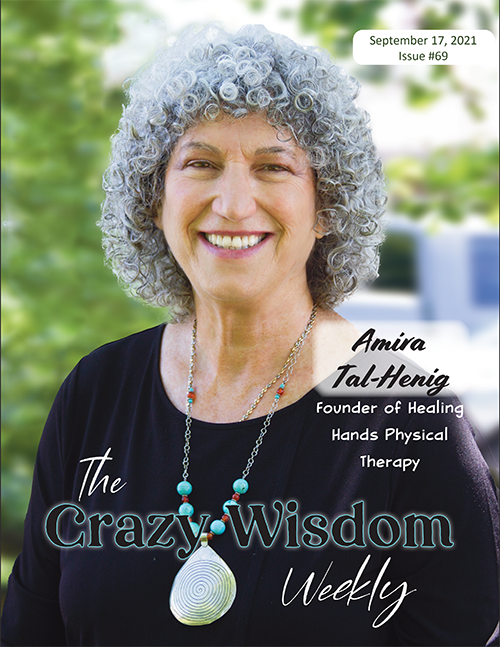
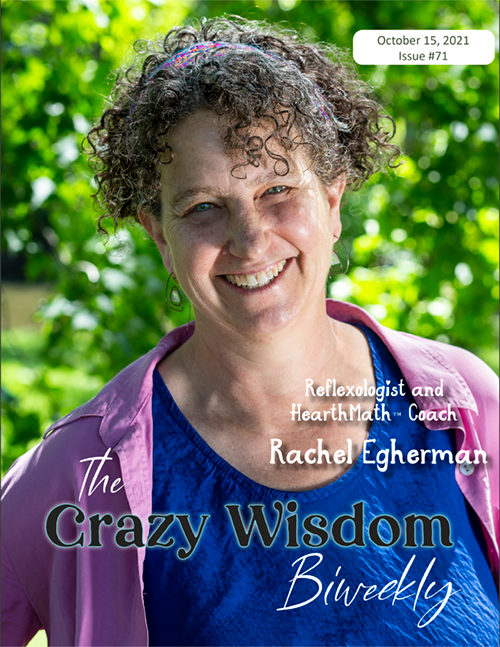

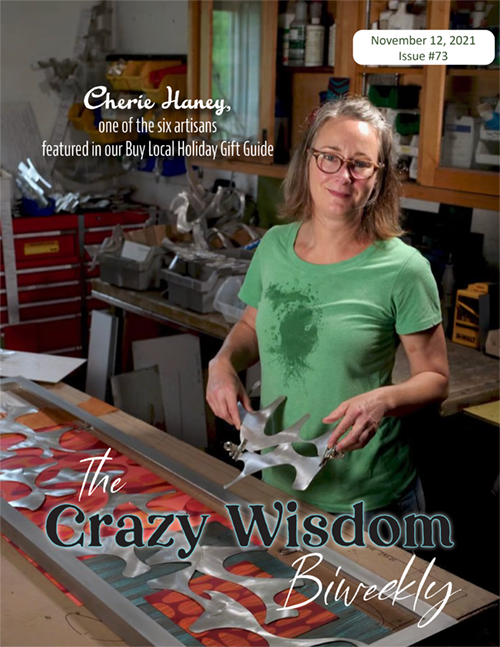
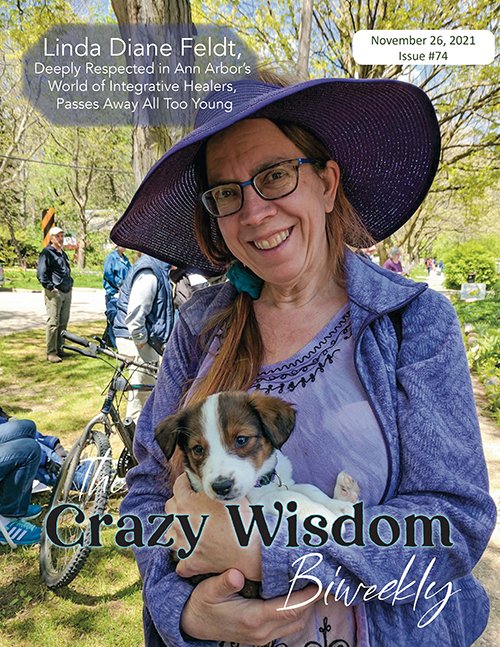



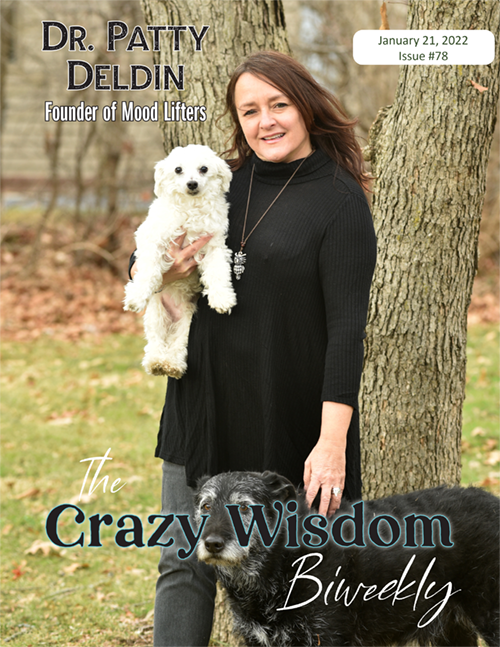
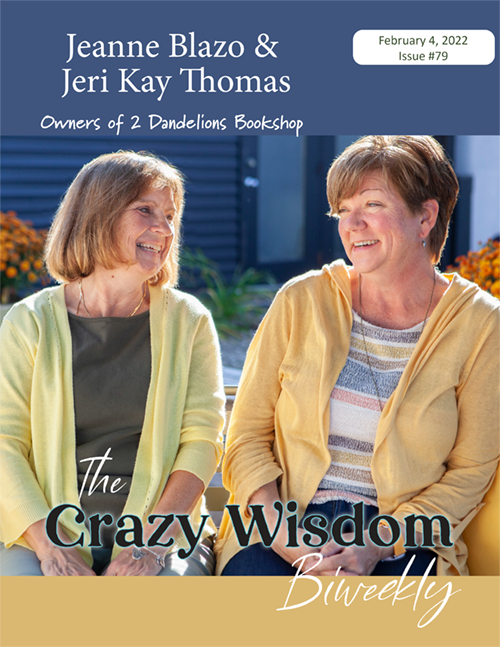











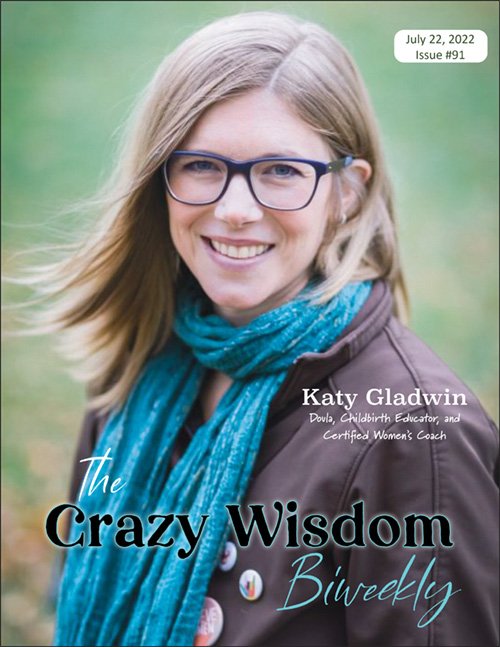
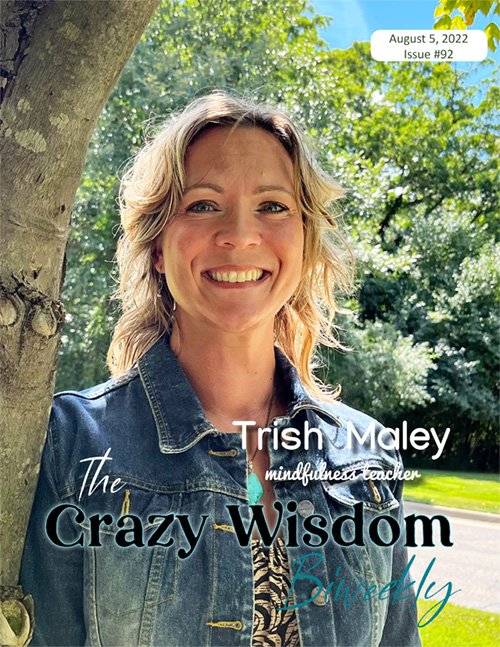
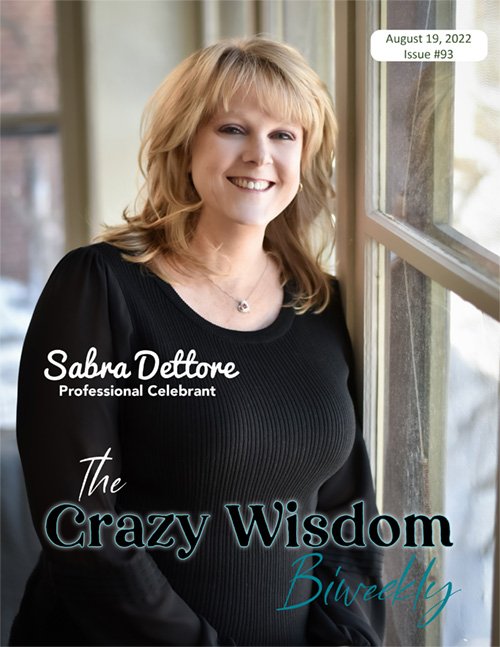
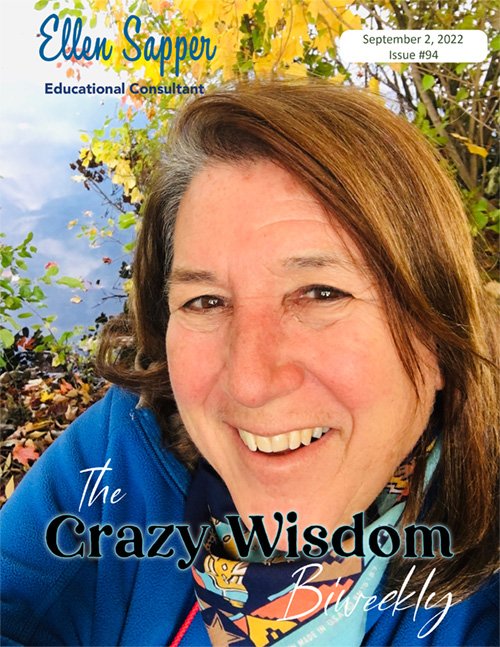
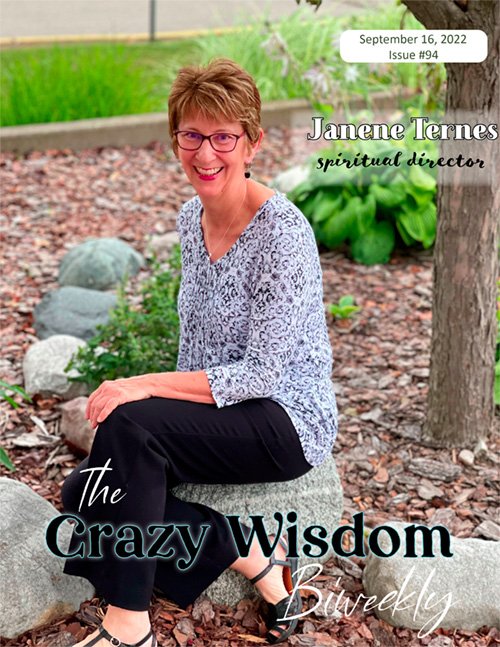

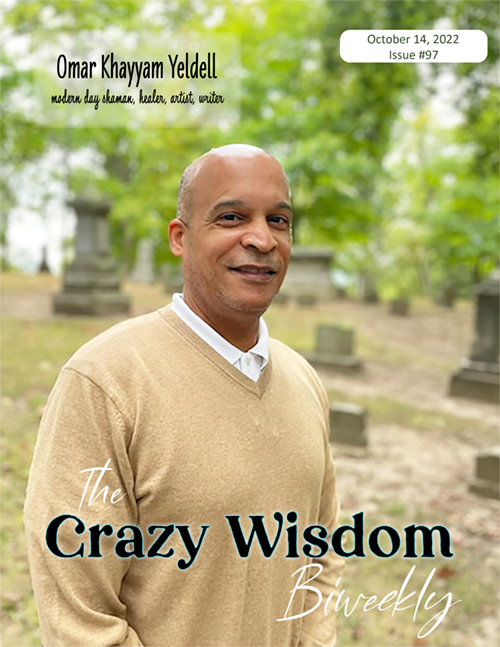











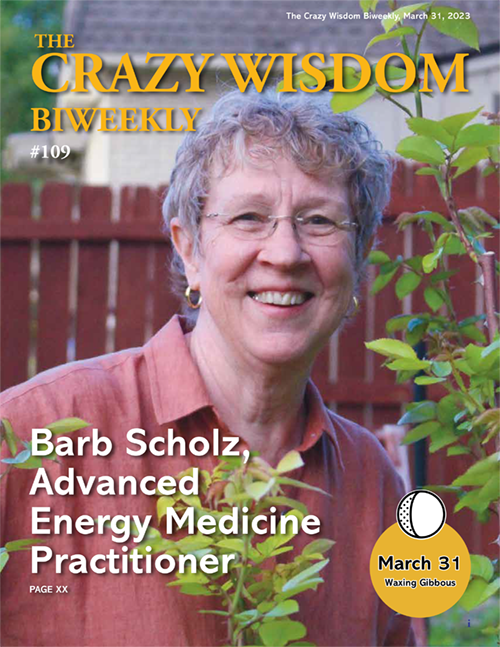
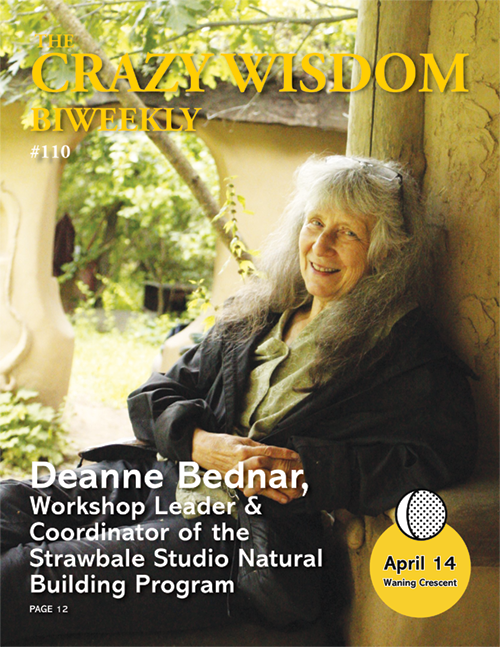
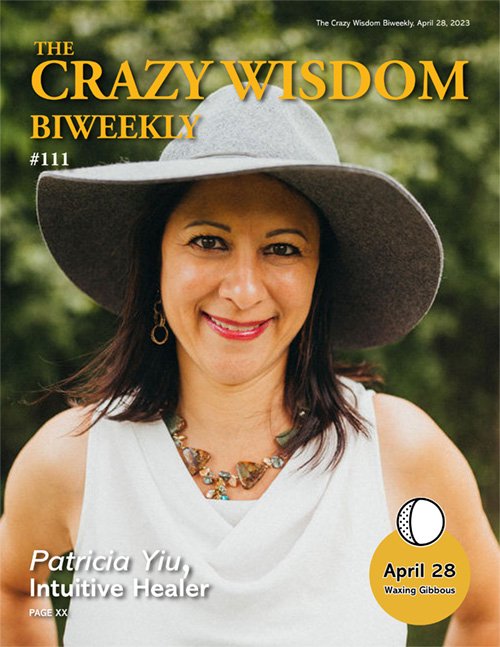
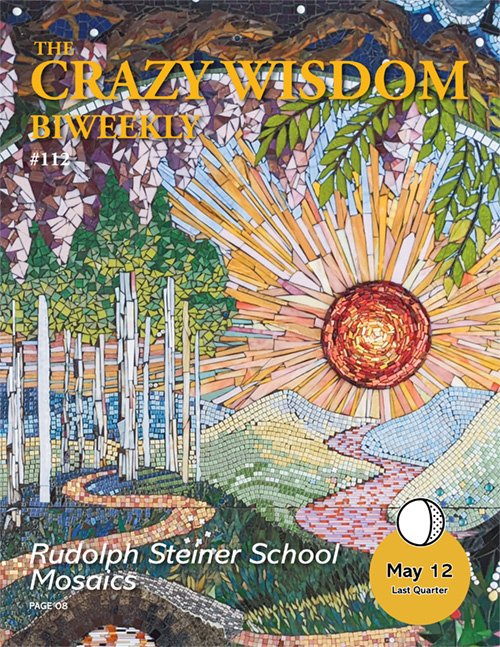


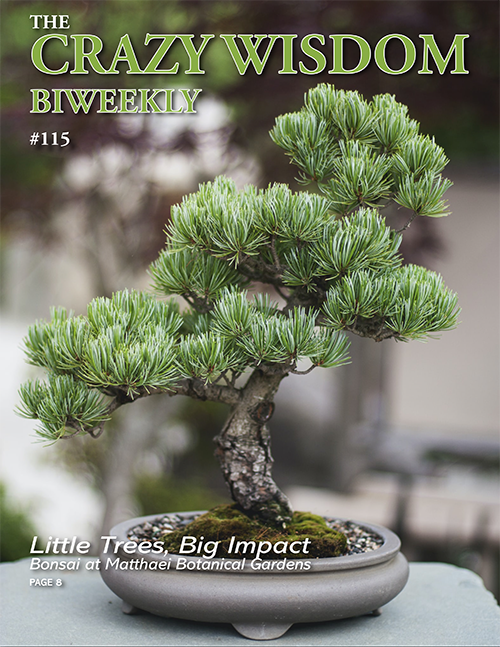
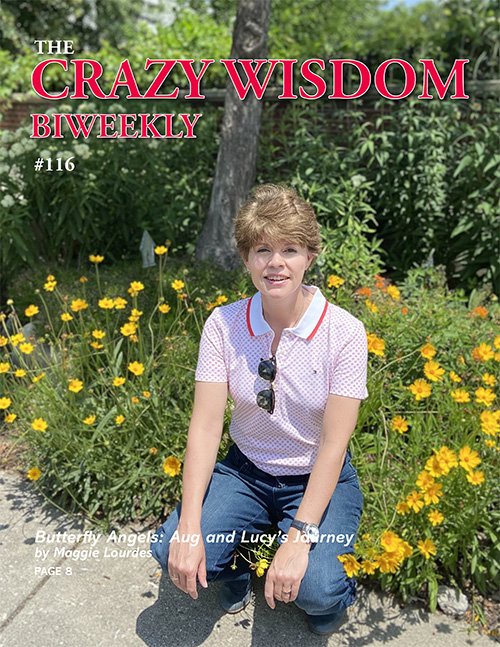

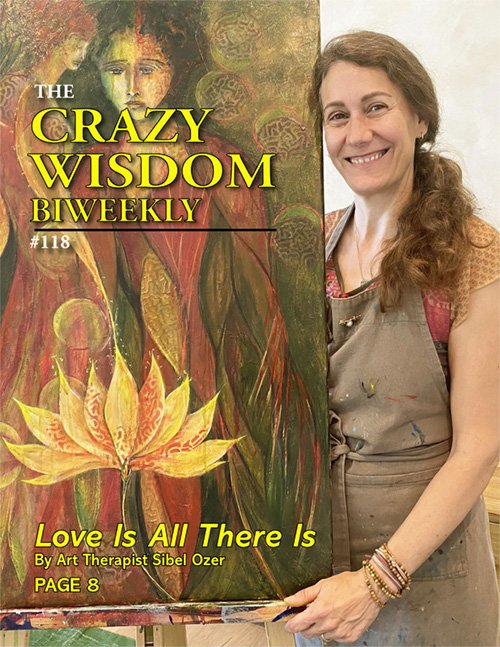
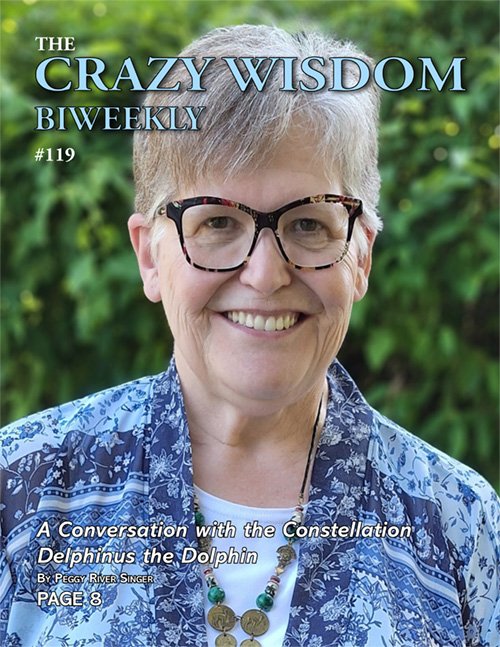


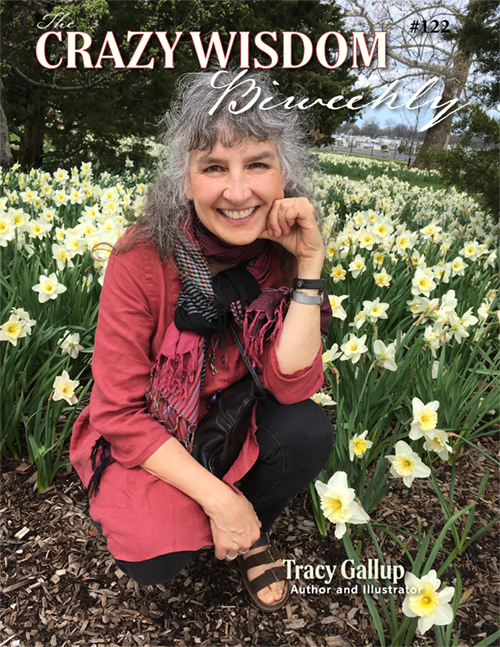
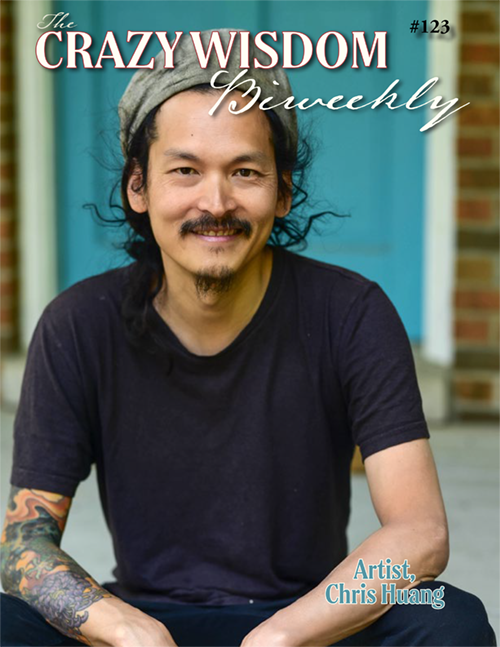





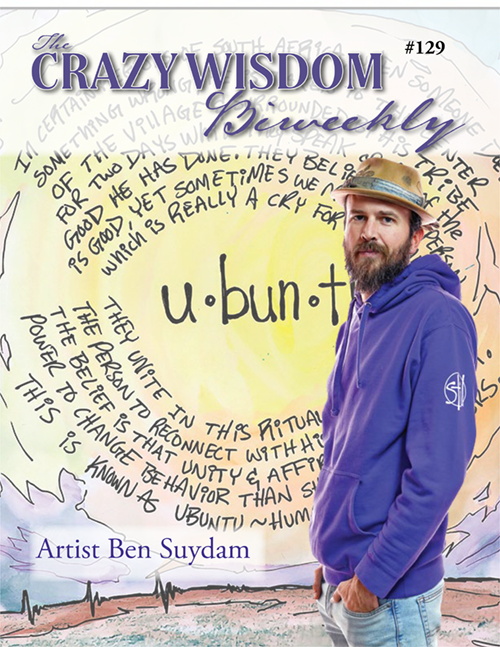
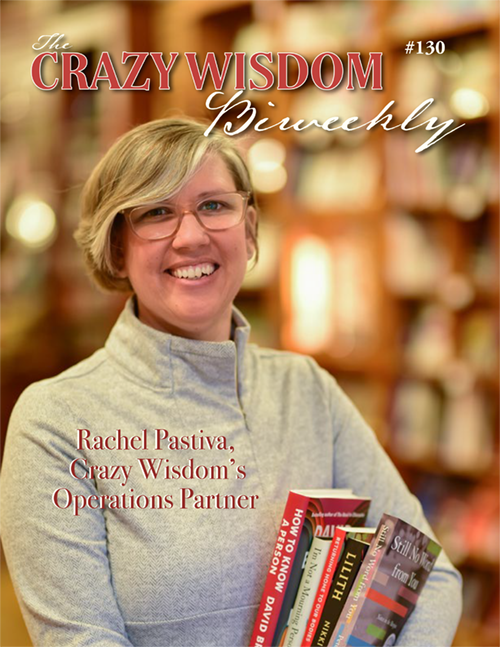

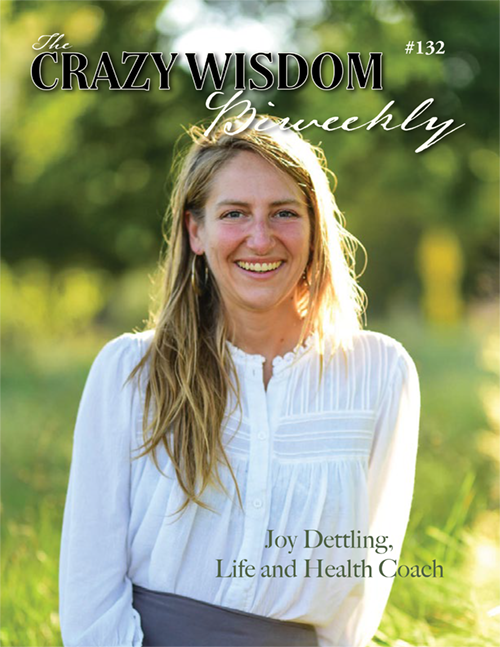












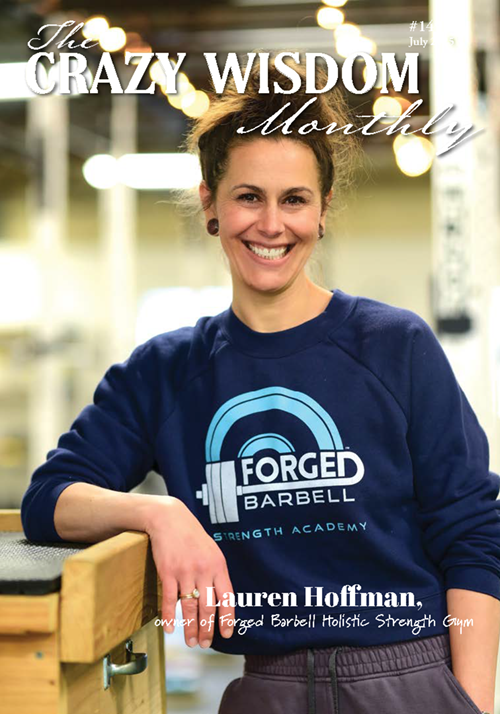
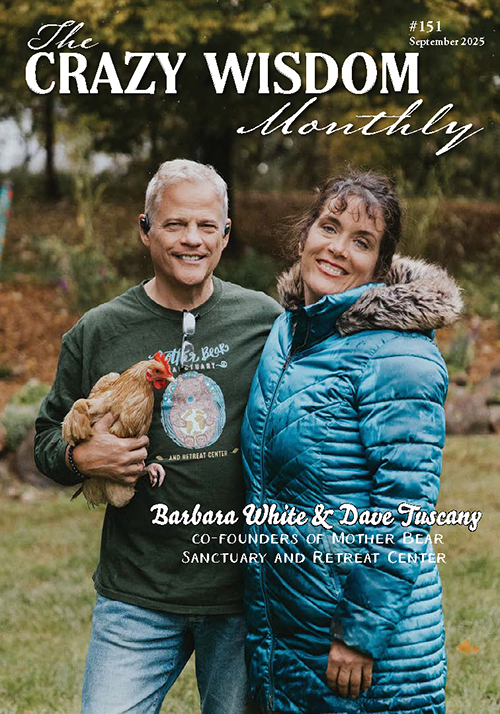
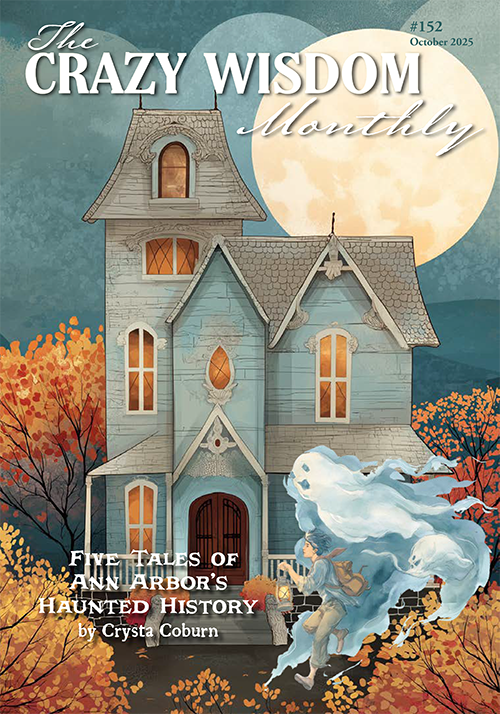










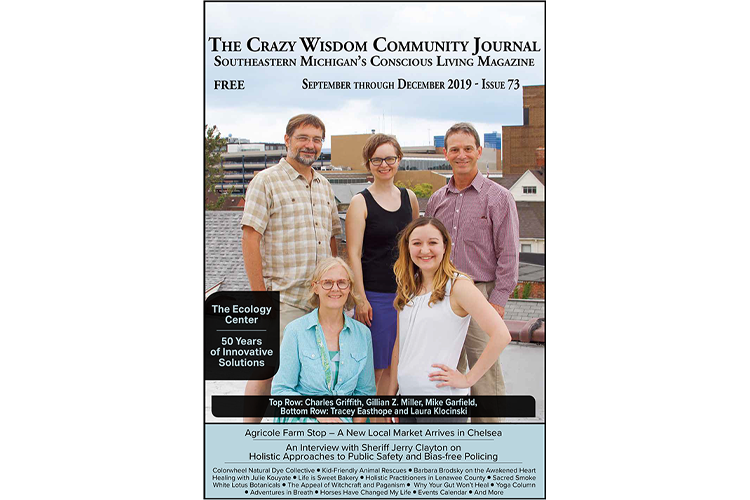

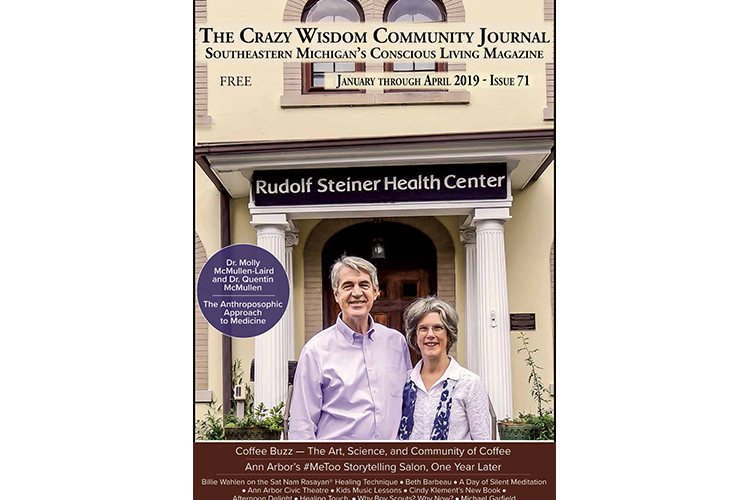
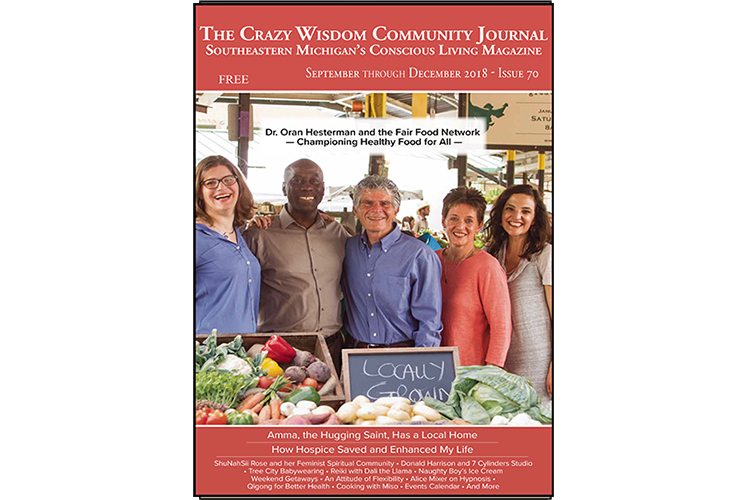
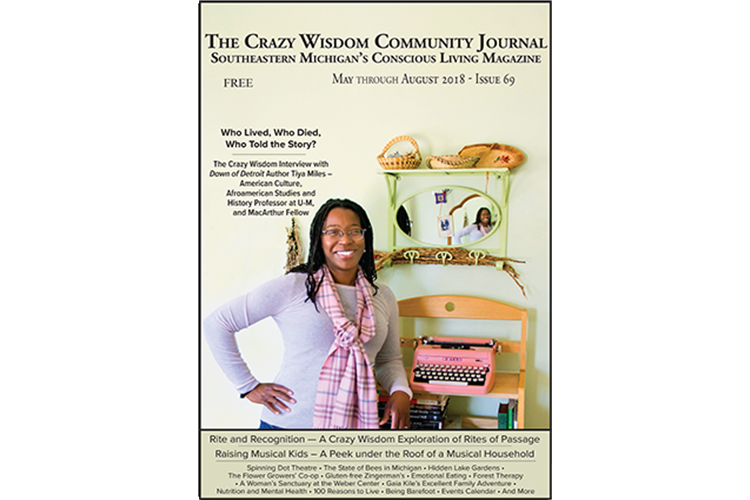



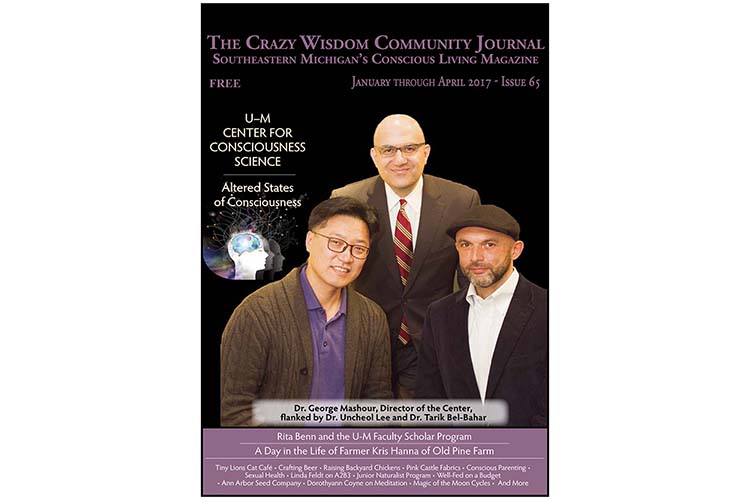
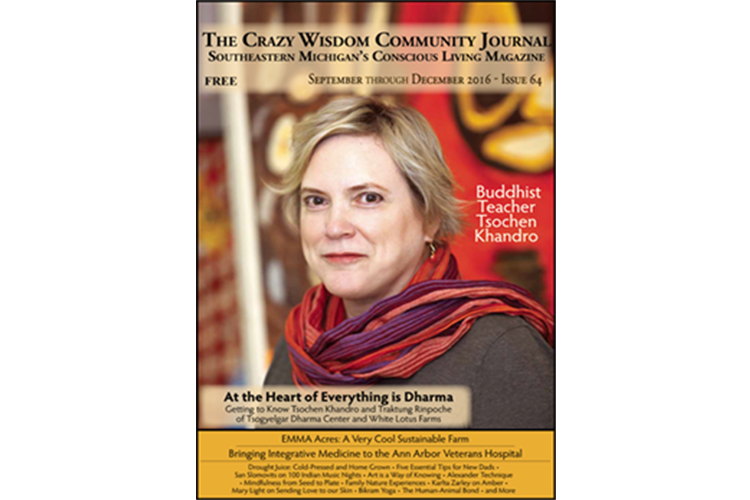






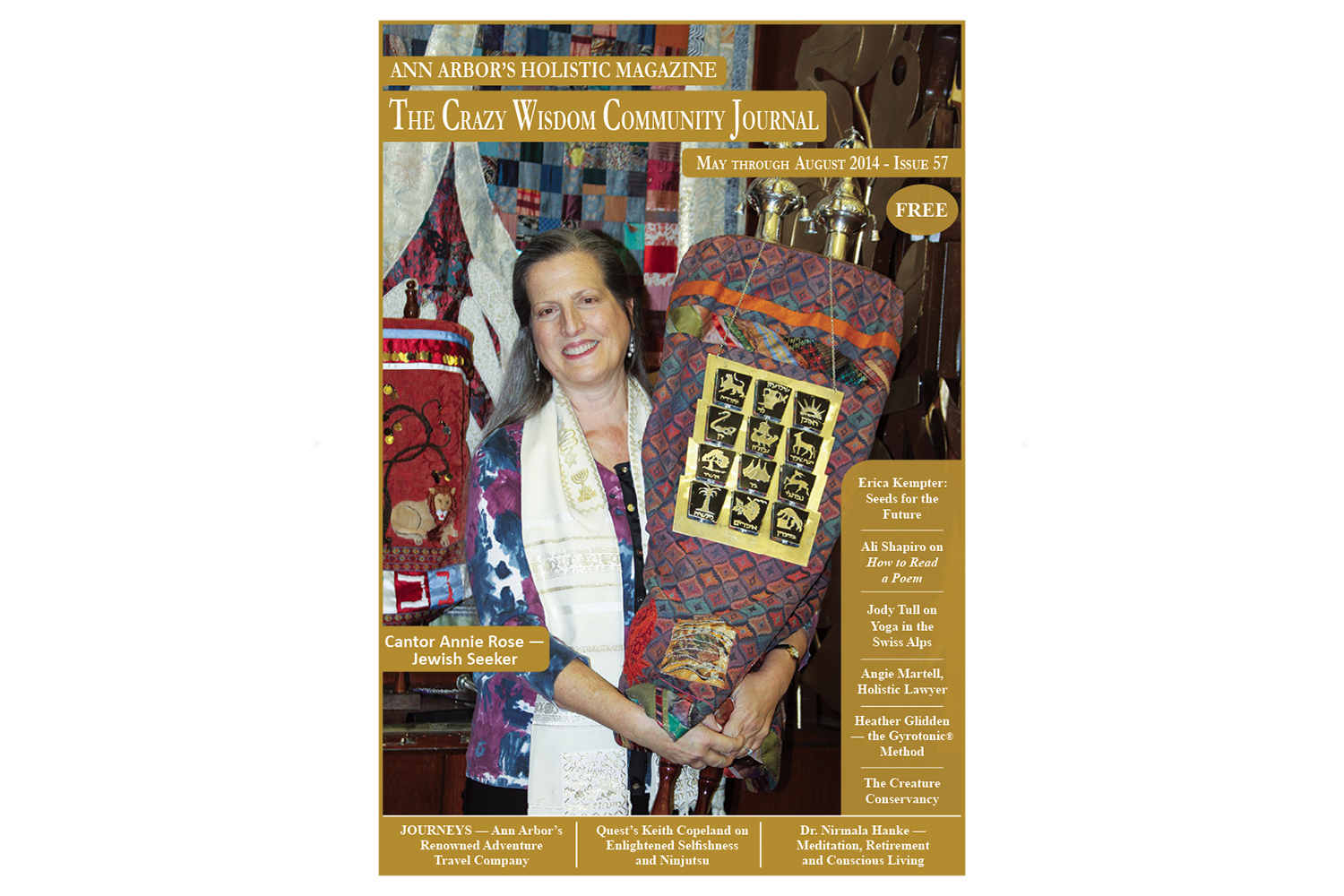

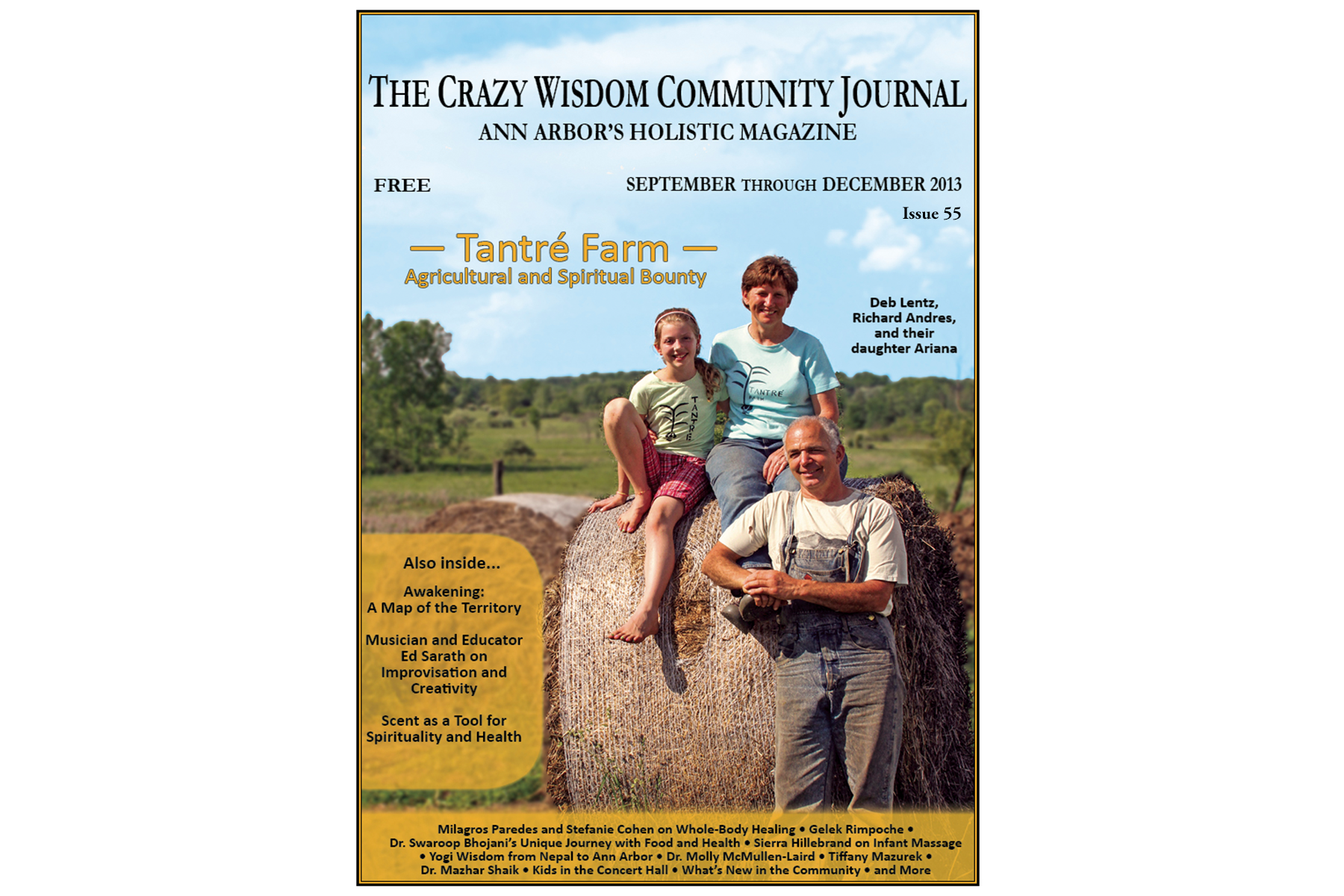


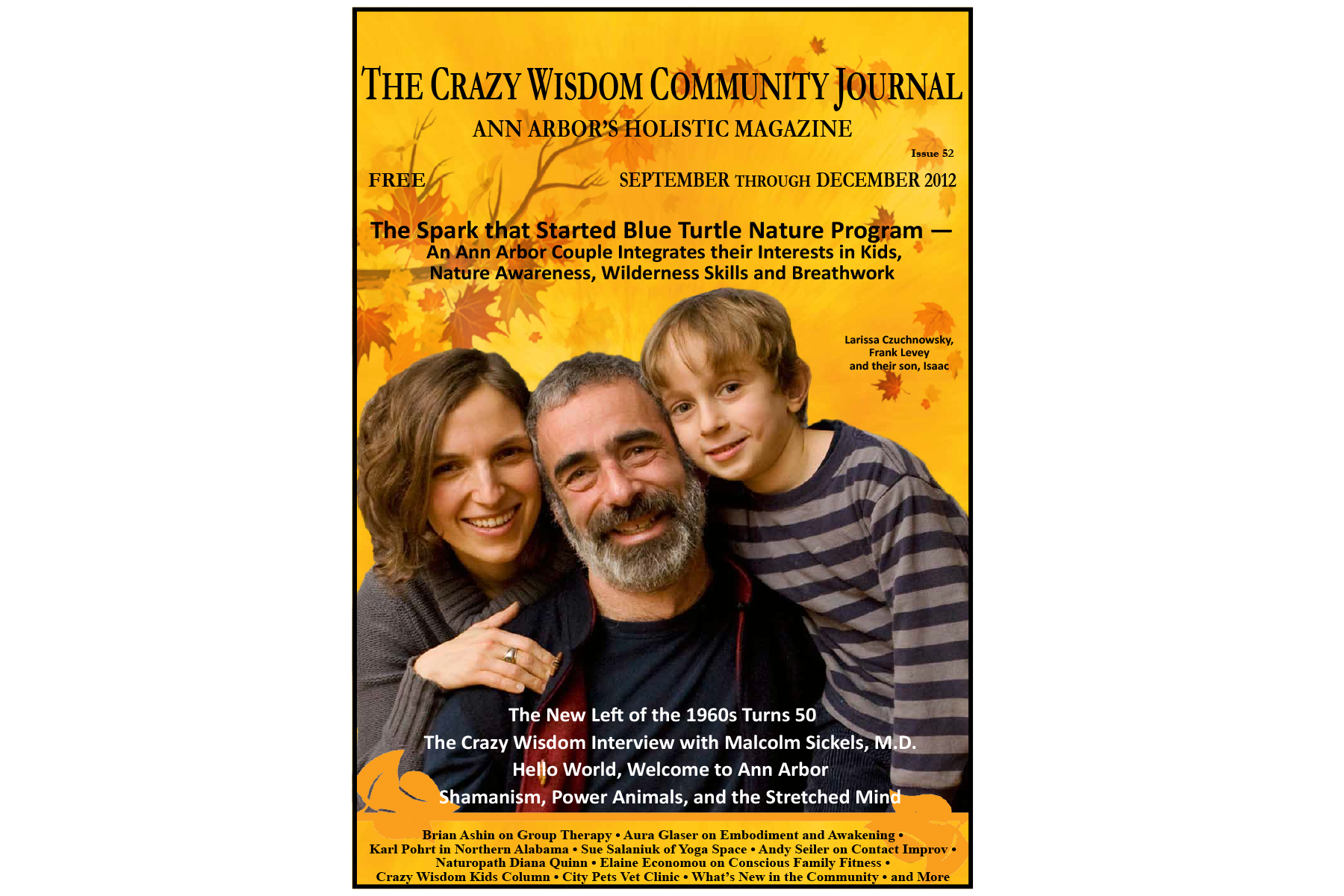
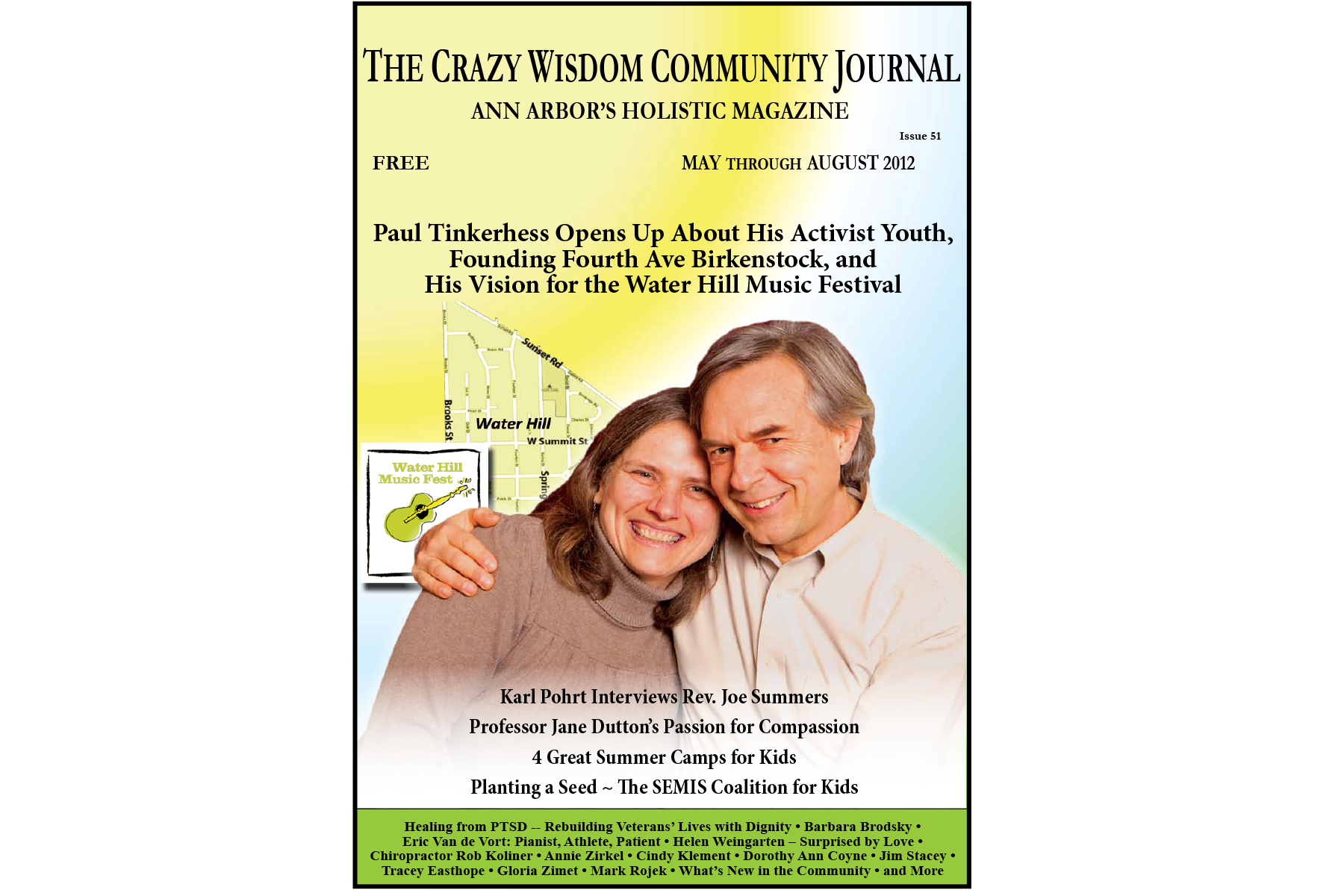

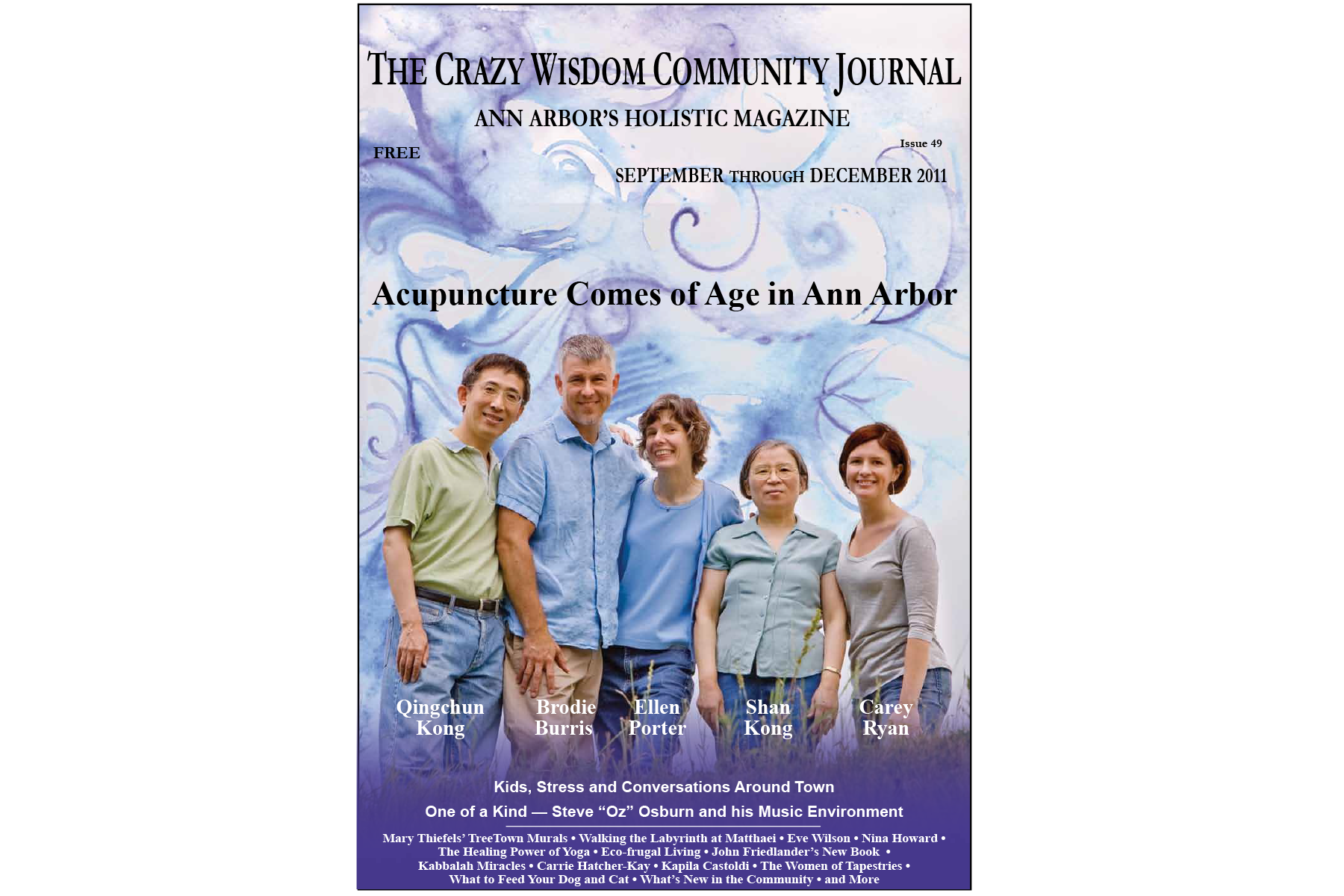
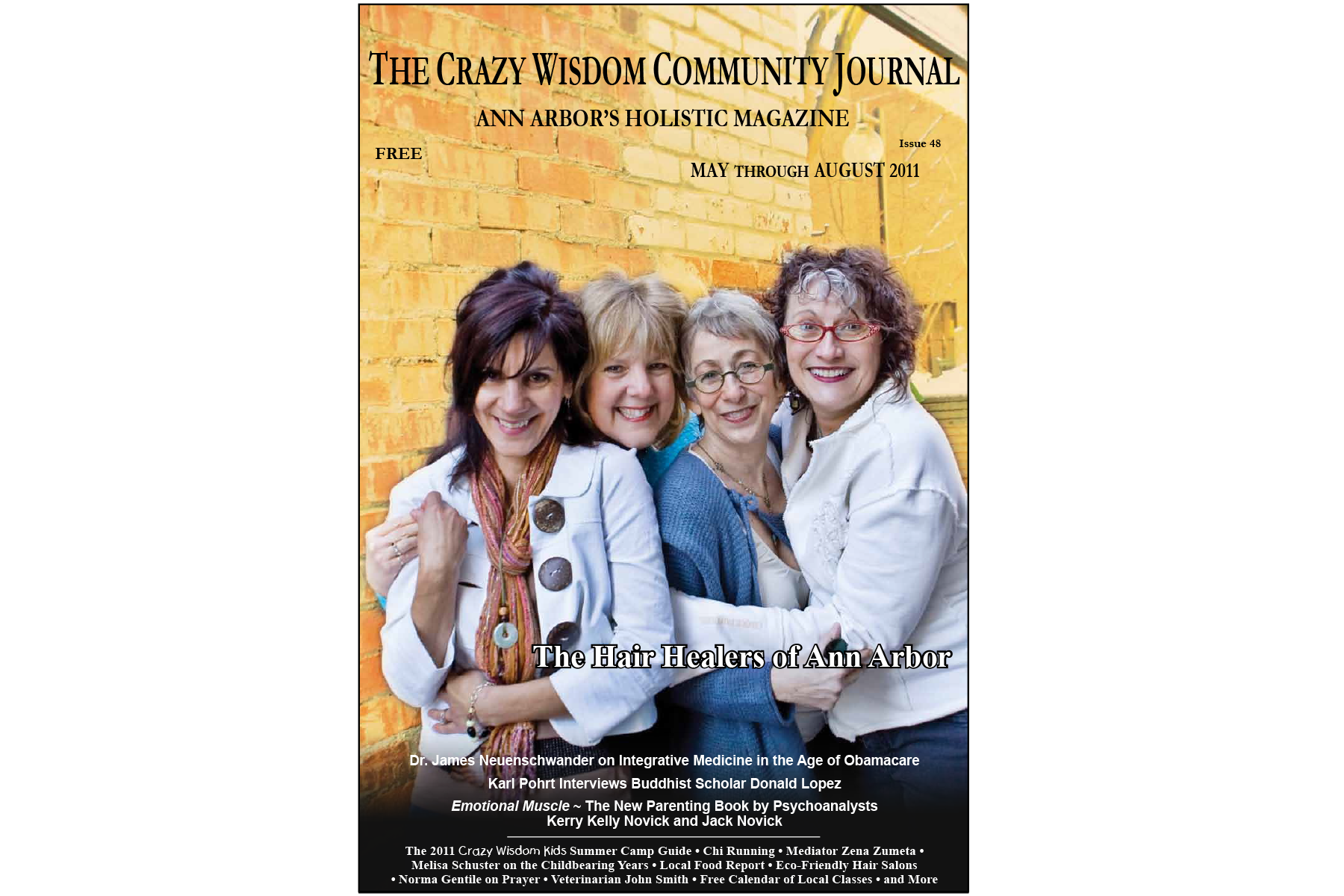

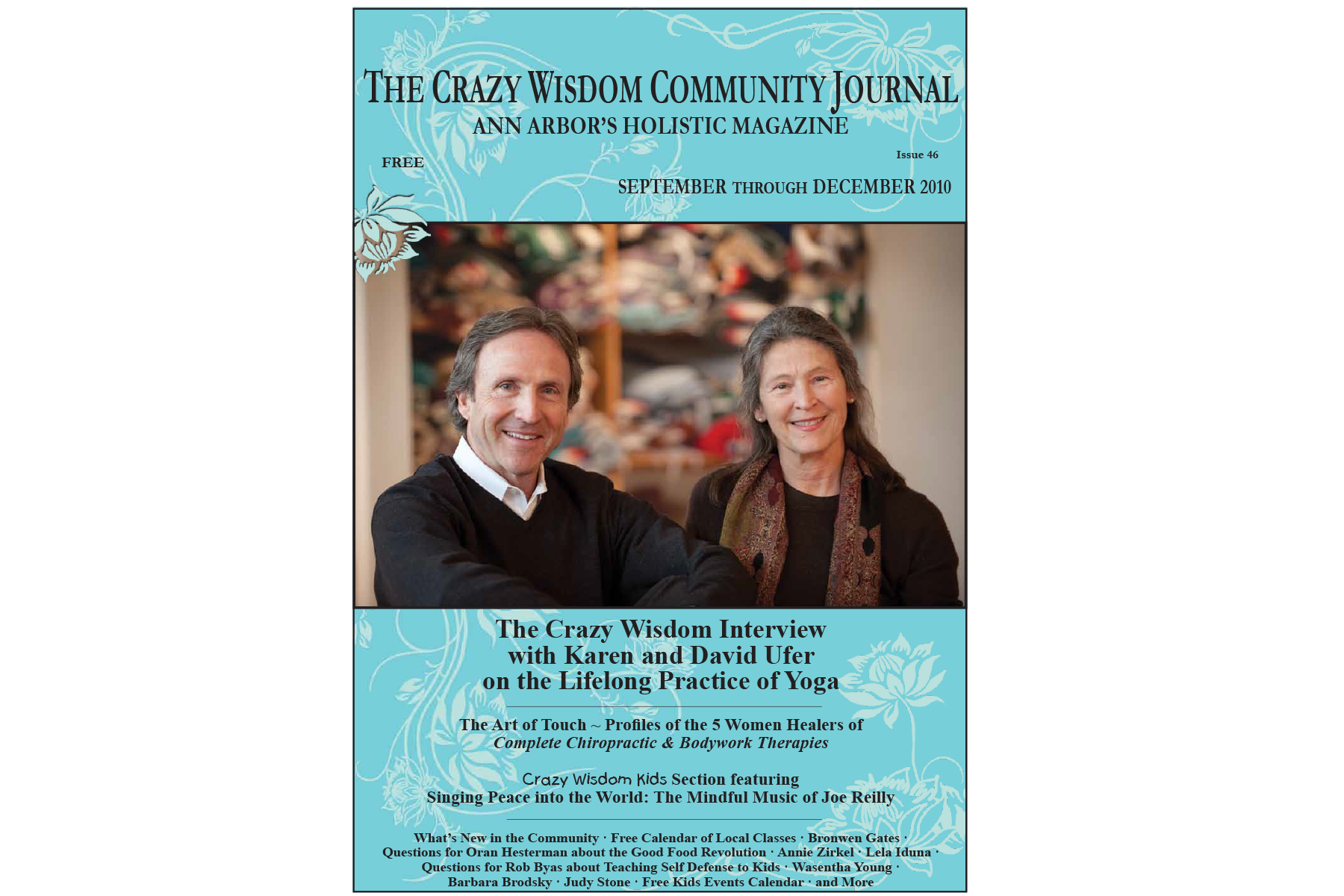

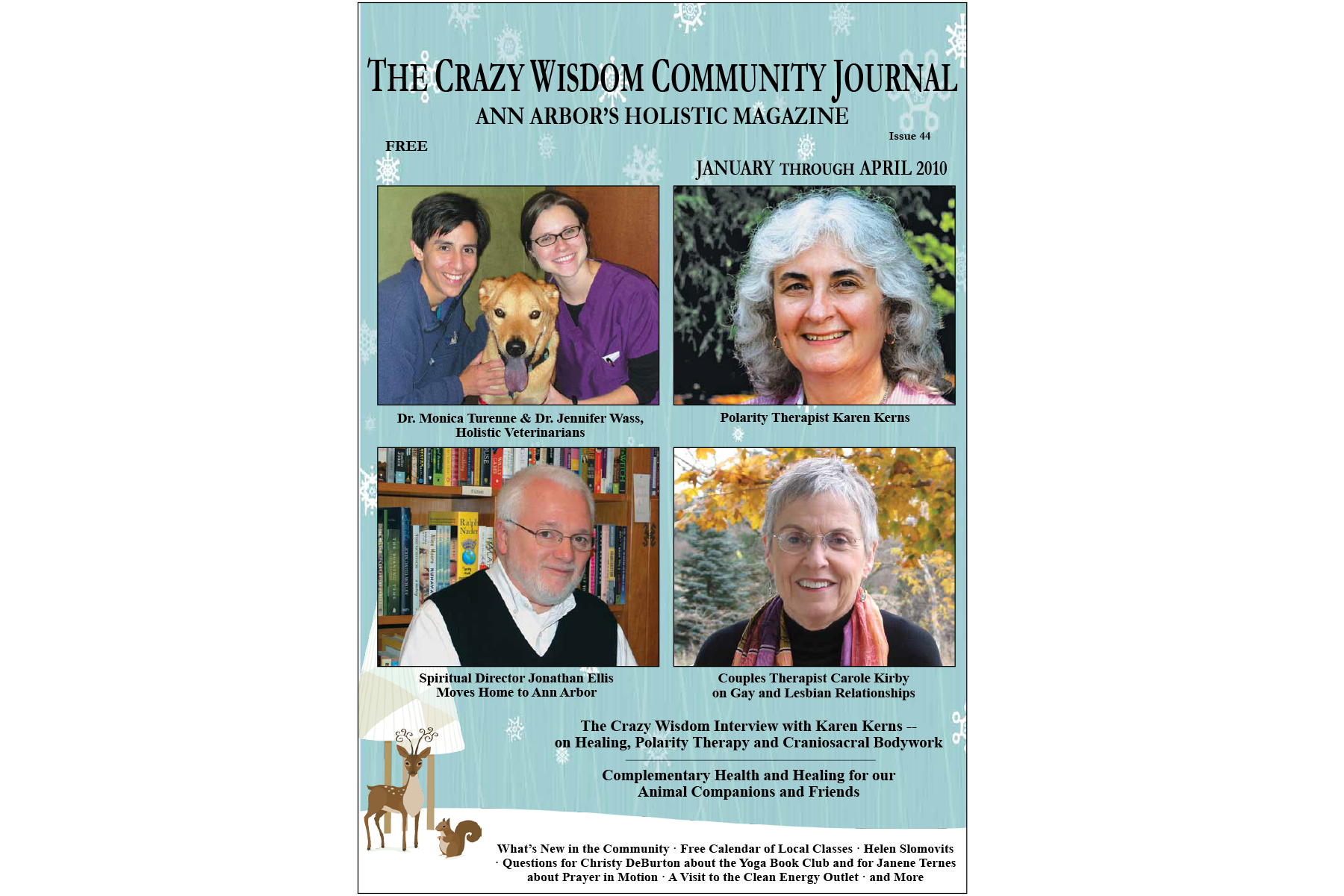



During the spring and summer there is always a lot of buzz around pollinators, their habitats, and how to support them. But did you know you can continue to support your backyard friends in the fall and winter as well? Through a few simple steps you can continue to provide for your local pollinators as the weather turns cold. By offering them housing during the snowy winter months you can guarantee they’ll return to your gardens the following year. It’s a win for everyone!